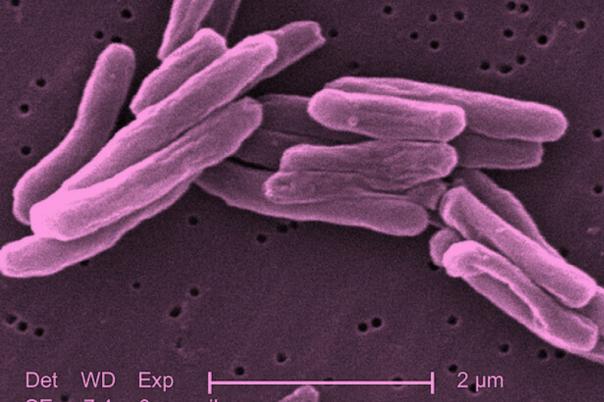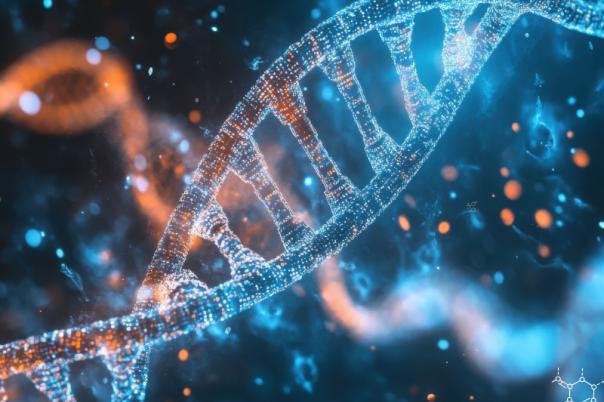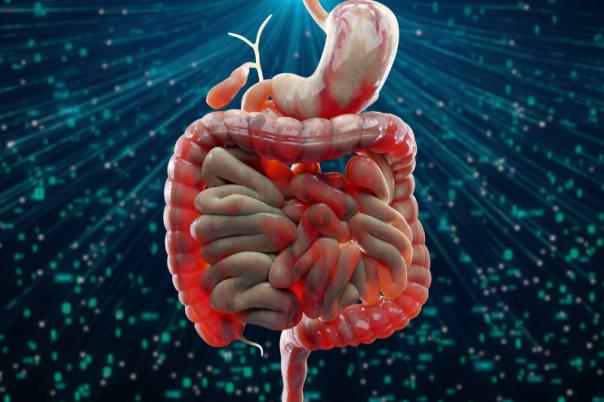In his presentation, Bernd Wollscheid from the Institute of Translation Medicine at ETH Zurich explored the cell surface, or “surfaceome”, as a largely uncharted territory in biology. Wollscheid began by illustrating the vastness and complexity of the cell surface, likening it to an area three times the size of Central Park if molecules were human-sized. He emphasised that, despite advances, the surfaceome remains under-sampled, with much still unknown about its molecular composition and organisation.
Wollscheid described the development of technologies over the past decade that have improved our understanding of the surfaceome. Notably, he discussed cell surface capturing (CSC) technology, which enables the scanning of cell surface proteins without the use of antibodies, capitalising on the glycosylation of these proteins. This approach, using chemo-proteomics and mass spectrometry, allows for the identification of surface proteins across various cell types, although it does not yet reach single-cell resolution.
The focus then shifted to the architecture of protein communities at the cell surface. Wollscheid introduced the LUX-MS technology, which uses light-activated singlet oxygen generators attached to antibodies or probes to oxidise nearby proteins. This “lipstick” method enables the mapping of protein communities and their interactions via mass spectrometry. The technology is versatile, applicable to different ligands, pathogens, and even drug action studies.
A significant part of the presentation centred on mapping the immunological synapse, particularly in collaboration with Roche, using bispecific antibodies to study intercellular communication between T cells and cancer cells. The team is currently employing CRISPR screens and functional assays to investigate how modulating specific molecules affects immune cell function.
Wollscheid also discussed efforts to create a comprehensive “Google map” of the cell surface, scaling up to analyse hundreds of targets and their associated protein communities. He highlighted the discovery that proteins exist as diverse proteoforms, each with distinct interaction networks, influenced by post-translational modifications.
The presentation concluded with mention of ongoing collaborations, the integration of new predictive tools like AlphaFold Multimer, and the commercialisation of these discoveries through DISCO Pharmaceuticals, which is advancing targeted therapies for cancers by mapping and manipulating the surfaceome.





